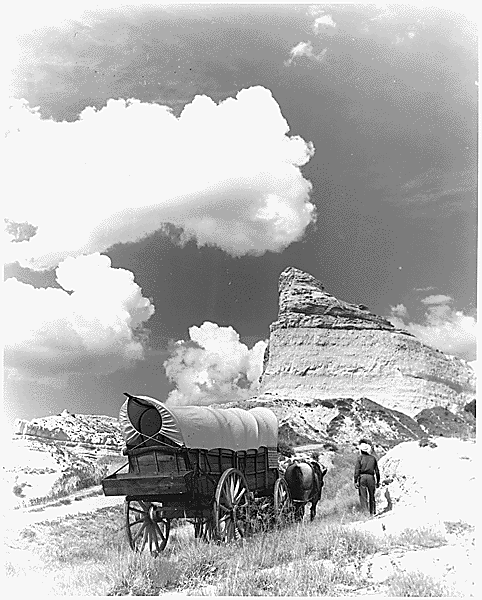 Today's guest is my friend and author Pauline Chen. Her recently released book The Red Chamber reimagines the provocative love triangle from the Chinese epic Dream of the Red Chamber.
Today's guest is my friend and author Pauline Chen. Her recently released book The Red Chamber reimagines the provocative love triangle from the Chinese epic Dream of the Red Chamber. Pauline's questions regard her new book:
At several points in my book characters travel to and from the south, either by barge on the Grand Canal or by horseback, and I've just very loosely estimated the time required by their journey. Could you do a more precise estimate of a journey from Beijing to Suzhou, taking into consideration possible routes and stops for the night?
...My other question concerns what it would have been like to live in Beijing at the time. Can you estimate what the approximate population would have been at that time, and what the population density would have been?
 |
2. Horse. A horse's speed depends greatly on how much of a hurry it's in. According to the Wikipedia entry for "horse gait," a walking horse travels about 6.4 kilometers per hour (4.0 mph) where as a galloping horse can move fast as 48 kilometers per hour (30 mph). It's fair to assume the horse won't be sprinting at full tilt for a thousand kilometers in a row, so we should probably use its walking speed. Assuming 10 walking hours per day, a horse would travel about 77 kilometers each day and would complete the trek in about two weeks. This number is a bit misleading though because it assumes the horse is not carrying heavy cargo.
 |
| With a wagon, a horse can't travel nearly as fast. |
For the second question, I'll need to be careful. I tend to play fast and loose with numbers since I'm only going for order of magnitude accuracy, but I've gotten myself in trouble with populations before. As one reader pointed out in my Pinker post, population growth can be more accurately described by a geometric series:
Let's assume the fertile population in 1900 is "p". Let's also assume that a given generation basically dies out after 75 years. This is a realistic life expectancy.
Then the generations of fertile (<25yr old) people looks as follows:
(1850) : p / m^2
(1875) : p / m
(1900) : p
(1925) : p * m
(1950) : p * m * m
(1975) : p * m^3
(2000) : p * m^4
population in 1775 = p / m7 + p / m6 + p / m5.
Using my reader's values p = 0.782 and m = 1.565, we find that the world population in 1775 was roughly 170 million people.
As you can see from the chart above, the number is a bit off, but certainly within an order of magnitude. A more accurate number would be about 800 million people. At present, China is about 25% of the total world population. Assuming this percentage has remained roughly the same for the last few centuries, the population in China in the 18th century would be about 40 million people if you use my estimated number, though if you use the more accurate world population, you'll find it's closer to 200 million people.
If we want to find the population of Beijing specifically, we could assume the percentage of the Chinese population living there has remained fairly constant over the last few centuries. This is not necessarily a safe assumption because cities are much smaller than countries. The smaller size makes them more prone to fluctuations in population, but I'm hoping the end result won't be too far off. Beijing is currently home to 20 million people or roughly 1.5% of China's population. Using my 40 million people figure approximated above, we could estimate the Beijing population in the 1700s to be about 600,000 people. Using the more realistic population figure would raise the number to about 3 million people. According to the Wikipedia entry for "largest cities throughout history," Beijing grew from a population of 650,000 people in 1700 to 1.1 million in 1800, which would put my numbers very close to the actual value. It would seem that an 18th century Beijing would look like a 20th century Indianapolis, at least in terms of population.
Thanks for great questions, Pauline!
Aaron Santos is a physicist and author of the books How Many Licks? Or How to Estimate Damn Near Anything and Ballparking: Practical Math for Impractical Sports Questions. Follow him on Twitter at @aarontsantos.


No comments:
Post a Comment